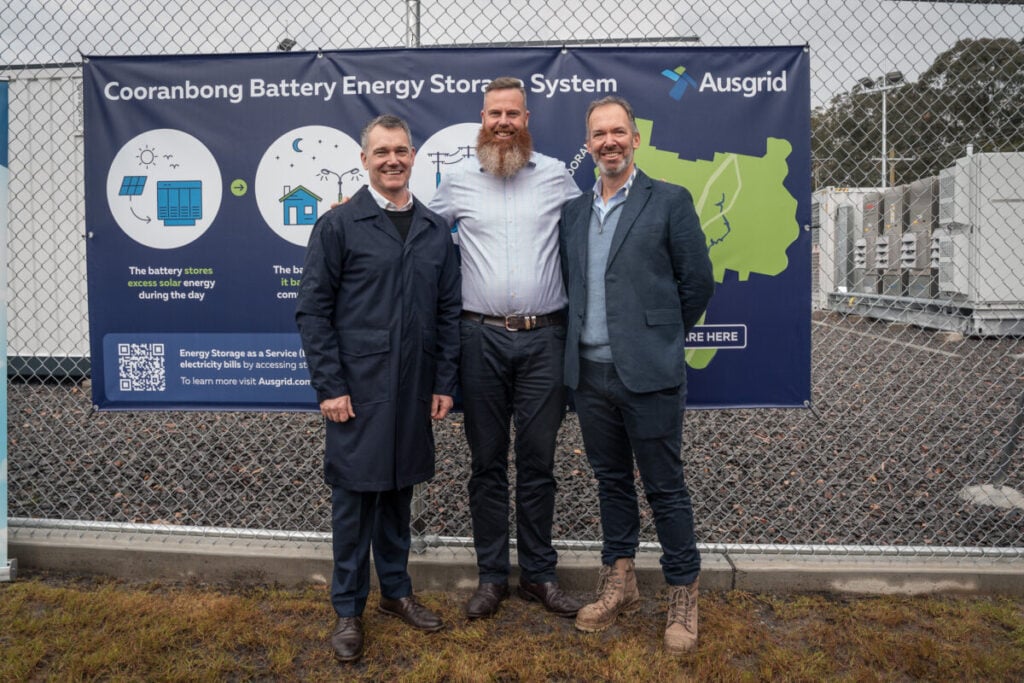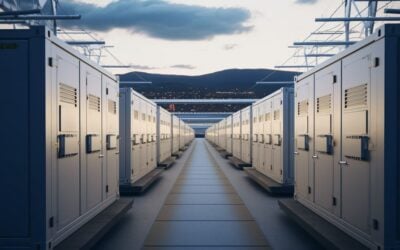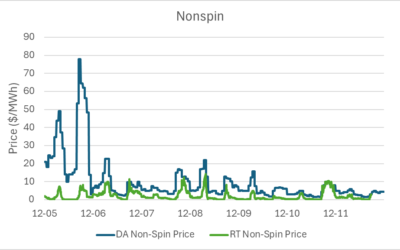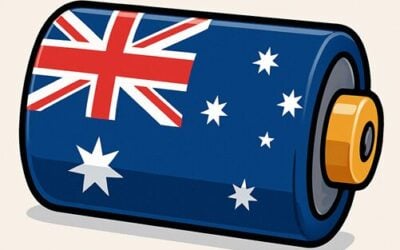
Australian network company Ausgrid has commissioned its largest community battery to date, a 5MW system in Cooranbong in the Central Coast region of New South Wales.
The community battery, officially launched on 14 August, becomes Ausgrid’s second installation under the Australian Renewable Energy Agency’s (ARENA) Community Batteries Funding Round 1.
The Cooranbong battery energy storage system (BESS) is designed to benefit the local community by supporting grid stability and enabling greater renewable energy integration.
According to Ausgrid CEO Marc England, a role he has held since January 2023, the system will be accessible to all residents regardless of their housing situation or solar ownership status.
Try Premium for just $1
- Full premium access for the first month at only $1
- Converts to an annual rate after 30 days unless cancelled
- Cancel anytime during the trial period
Premium Benefits
- Expert industry analysis and interviews
- Digital access to PV Tech Power journal
- Exclusive event discounts
Or get the full Premium subscription right away
Or continue reading this article for free
“Whether you have solar on your roof or not, rent or own, or live in a house or apartment, you can access it as though it was your own and enjoy the savings that come with it,” England said at the launch event.
The 5MW Cooranbong battery represents a shift toward larger-scale community storage solutions. Cooranbong serves as the first in what Ausgrid describes as a series of expanded capacity installations planned for the network.
Ausgrid has not disclosed specific technical details regarding the battery chemistry, manufacturer, or exact configuration in its public announcements.
According to the network company, the Cooranbong location was selected based on network constraints analysis, solar penetration levels, and load profiles that indicate an optimal value for both the grid and local consumers.
Implementation of Ausgrid’s Energy Storage as a Service
The Cooranbong battery expands Ausgrid’s Energy Storage as a Service (ESaaS) programme, which has evolved through partnerships with major retailers Origin Energy and EnergyAustralia.
ESaaS allows customers to access energy storage solutions, like community batteries, without the upfront cost of purchasing the system.
Under the ESaaS framework, Ausgrid owns and operates the physical battery assets while partnering with retailers who package the storage capacity into consumer offerings. This structure allows for value stacking across multiple applications: network support services, wholesale market arbitrage, frequency control ancillary services and consumer bill reduction.
Indeed, Ausgrid said last year that its ESaaS offering could save some customers more than AU$200 (US$130) per year.
The operation of a community battery in Australia
At the start of the year, Lachlan Hensey and Timothy Shue from Australia’s Yarra Energy Foundation delved into some of the key learnings from operating a community battery in the country – specifically, the Fitzroy North community battery in Victoria – in a guest blog exclusive to Energy-Storage.news.
According to the group, the community battery generated revenue of AU$7,393 in year one and AU$8,423 in year two, predominantly from wholesale energy arbitrage. Favourable network tariffs also contributed about AU$1,000 in both years.
Real revenue from energy arbitrage is estimated to be, on average, about 50% of possible revenue using ‘perfect foresight’ – i.e., the theoretically optimal operation of the battery for profit maximisation.
Our publisher, Solar Media, will host the Battery Asset Management Summit Australia 2025 on 26-27 August in Sydney. You can get 20% off your ticket using the code ESN20 at checkout.





